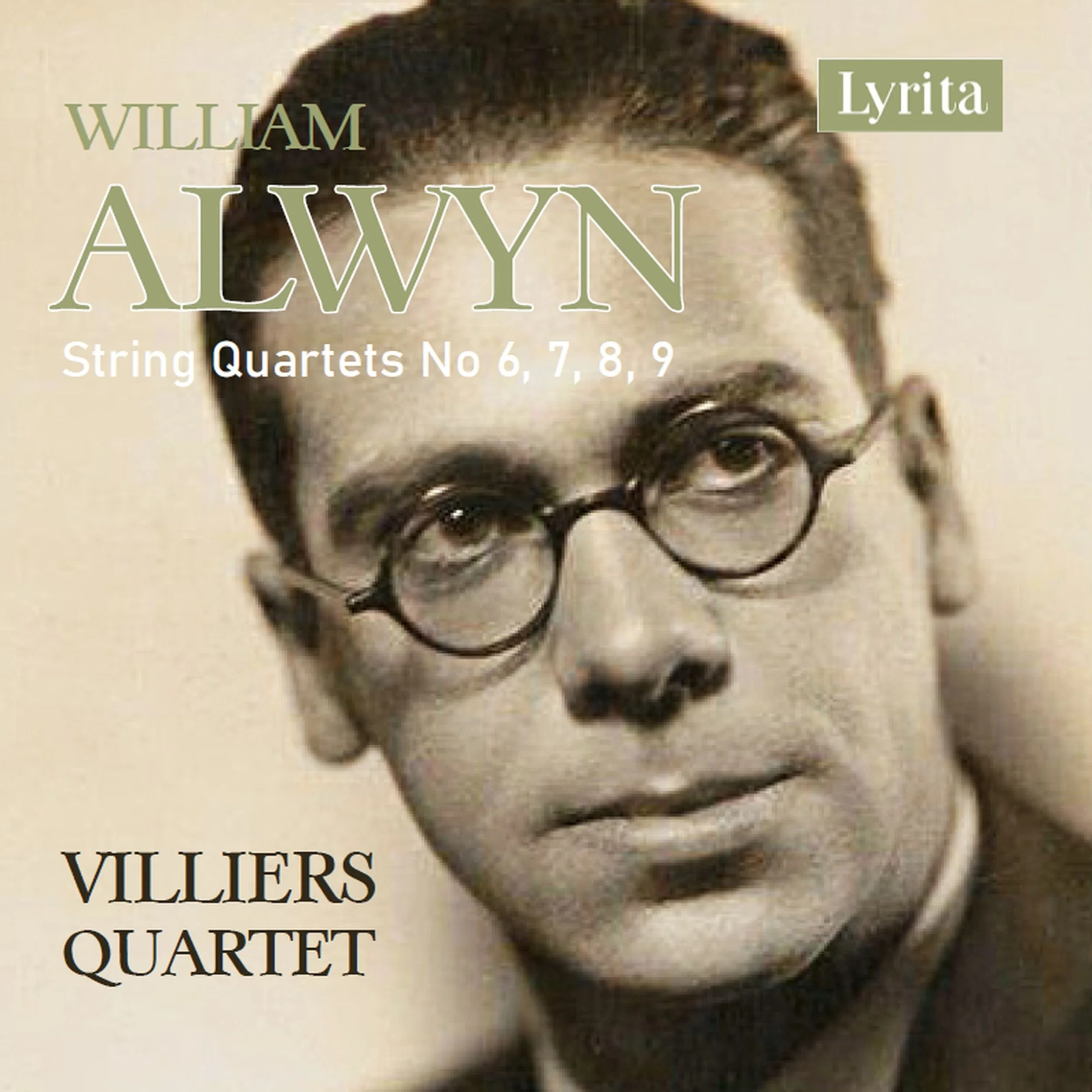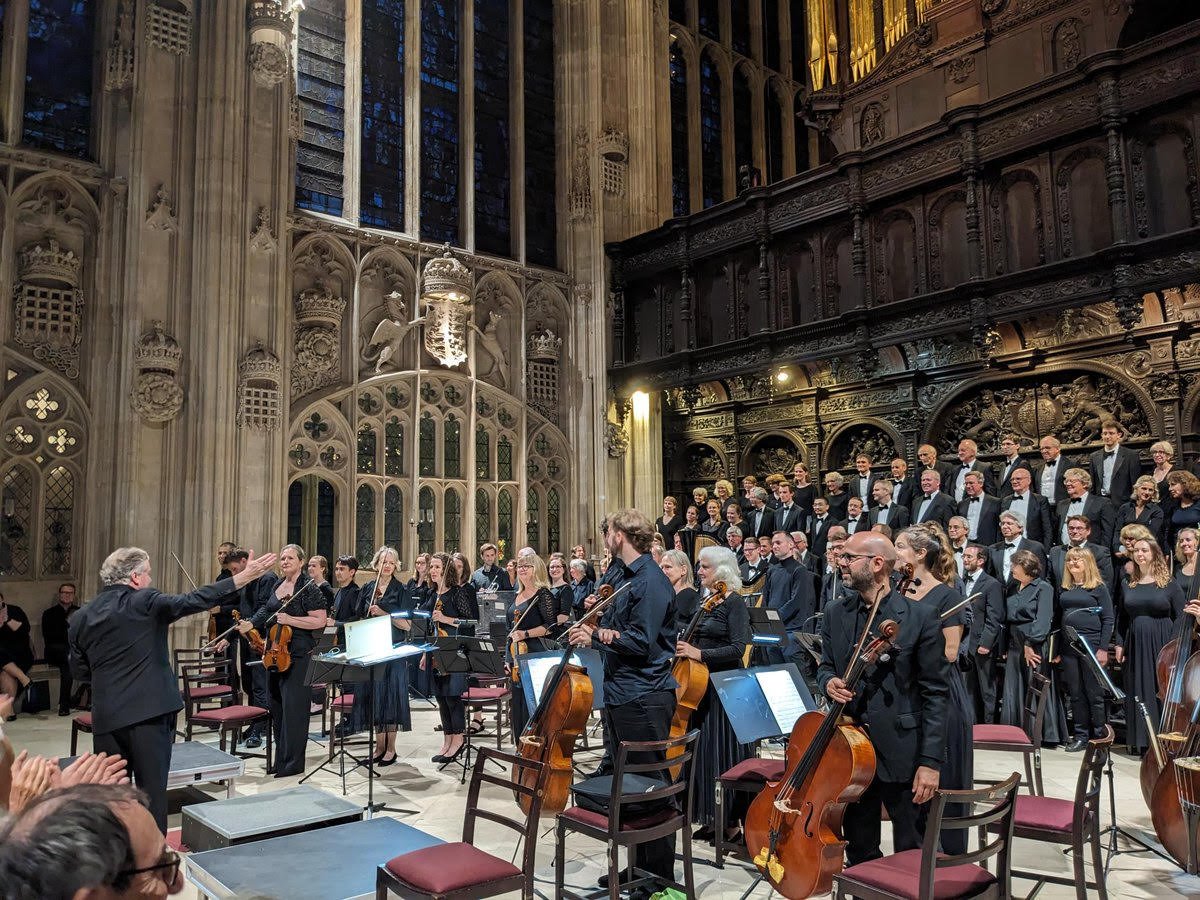WILLIAM ALWYN, STRING QUARTETS - 90 YEARS ON, FIRST RECORDINGS ON CD.
Google William Alwyn and two things come straight at you: the enormity of his musical output now largely forgotten – over 300 published works including opera, ballet and orchestral scores. Most remarkably, Alwyn born in Northampton in 1905 produced an incredible number of film scores written for that flowering of British cinema from the Second World War to the 1960s. From the 1941 tribute to the RAF, ‘They Flew Alone’ to that classic Brit film ‘The Winslow Boy’ (1948) right through to the Peter Seller’s genius comedy ‘The Smallest Show on Earth’, the 1958 version of the Titanic story, ‘A Night to Remember’ (so much better than the Hollywood blockbuster) and Carol Reed’s ‘The Running Man’ (1963) – Alwyn’s music is there in the underscore. Alwyn is responsible for creating the sound of England without us knowing it!
So it was in this spirit of shamefaced ignorance of one of the ignored giants of British music, that I approached the new recording of Alwyn’s String Quartets numbers 6, 7, 8 and 9 – each written between 1927 and 1931. The first track played by the Villers Quartet is the No. 7 in A and within a few seconds of play, you know you are in for some really fascinating, often melancholic moments. The piece begins with a mournful melody reminiscent of Shostakovitch but with a distinctly neoclassical English pastoral edge. The second movement takes us straight into Alwyn’s own world – diving slides, strange almost hesitant harmonies, tentatively gentle but with passionate outbursts. The recordings are superbly balanced so that each part comes out with crystal clarity. The third movement, fugue-like, busily contrapuntal, has many moments of surprising freshness. Here is a very individual voice – not quite embracing the modernist dissonances of the 1920s. The first three movements are spare, quick to the point, full of creative twists and turns. The finale, the longest has the feel of an extended elegy full of subdued power.
The String Quartet No. 6 comes up next and has a different feeling: more English in a Frank Bridge or Vaughan Williams way (add in the odd hint of Dvorak). Against shimmering lower strings, the violin announces an arresting theme and an ever-changing landscape of sound ensues – here gorgeously romantic, there sadly reflective, always deeply melodic. The short second movement (only 100 seconds) produces a mini feast of varied sound: shimmering strings, pizzicato overtones and languid lyricism. It’s as though Alwyn was trying to fit a large carton of delights into a matchbox. He succeeded. The third movement has a very filmic bouncing theme – I can just picture the monochrome Miles Malleson or Margert Rutherford cycling through rural Herts on the way to visit Stanley Holloway at the local signal box. Alwyn is bloody good at melody! The final movement of the 6th, also begins with a memorable English tune followed by arresting developments. There is one moment when an almost Gershwin-like tune comes to the fore before a tirade of notes. There is a strange moment also in the middle of the moment when Alwyn seems to be suggesting a sort of pavane taking us back several centuries. Again the music constantly evolves, ducks and weaves in unexpected ways providing constant interest. It reveals the hand of a very self-assured young composer with a lot to express.
The 8th Quartet written in 1931 comes up next (being an old Dansette man I always listen to tracks in order given by the record company). It is highly unusual being in no less than seven short movements. It begins with yet another of Alwyn’s rather beautiful sad themes – spare and moving. It quickly develops into some much more urgent (again echoes of Dvorak). The second movement has hints (only hints though) that Alwyn might be veering towards a touch of Webern or Berg though true dissonance never succeeds with this master of melody. The mood here in the 8th is distinctly darker than the previous works. Could it be that the optimism of the late 20s world turned to dark menace after the Crash and the rise of fascism, seeped into Alwyn’s psyche?
After these three String Quartets, the CD offers us an earlier work, ‘Seven Irish Tunes for String Quartet’. The lovely thirteen-minute work is full of Emerald charm. The first tune, is very folky and set in a gorgeous arrangement which will make all Irish eyes smile. This is Percy Grainger country very cleverly arranged for the four instruments with, not surprisingly, the fiddle taking centre stage.
The set end with Alwyn’s 9th String Quartet written in 1931 and in one thirteen-minute movement. The mood is again wistful and dark with occasional moments of restrained anger. The disc cover notes tell us that the theme is based on Romeo’s death scene in Act 5 Scene 1 of Shakespeare’s play. There are suggestions of a programme behind the ever shifting moods of the work: a sad love song, an angry outburst or two, an air of regret and loss. Again the style is fully tonal harking more towards late romanticism than inter-war modernism. Many (including me) would shout ‘hurrah’ to that.
The Villiers Quartet play with passion and utter commitment. Hats off to them for bringing these lovely works to light. These string pieces, recorded for the first time, demand to be heard. Surely William Alwyn’s name should come out of the dark and into the light of our isolated living rooms. Now is the time, surely, for making such discoveries and this set of works provides a Tutankhamun of treasures.
The CD William Alwyn String Quartets No. 6, 7, 8, 9. Villiers Quartet. Available April.
Lyrita SRCD386






